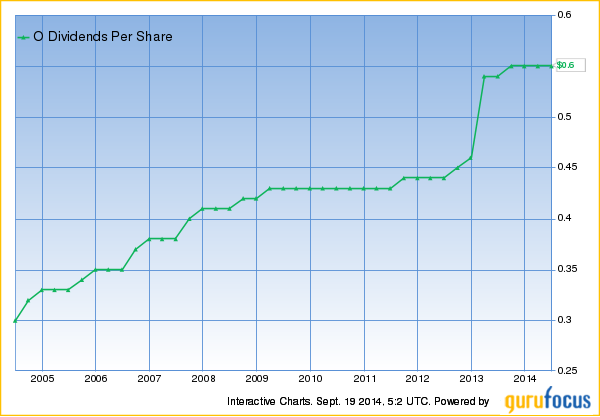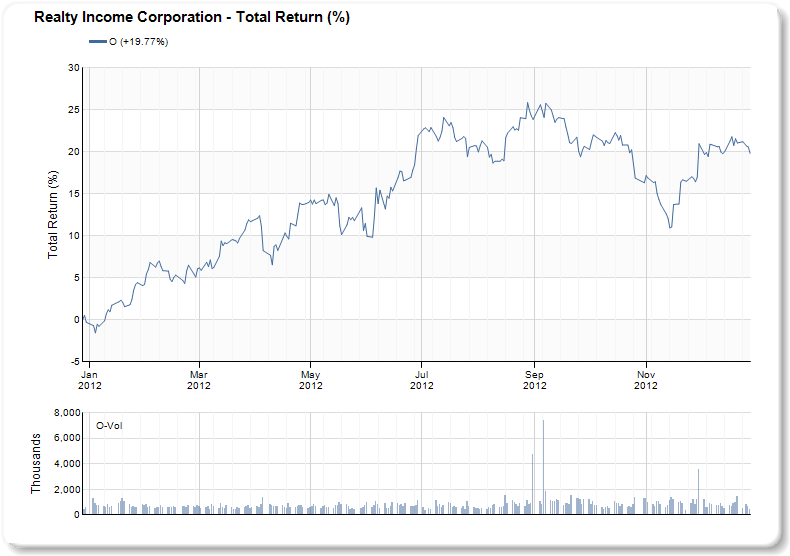Forbes India Magazine Why Companies Do and Do Not Pay Dividends
Post on: 26 Май, 2015 No Comment

Image: Corbis
or the majority of Indian investors, dividends are inconsequential. An obsessive attention to capital appreciation is all that matters. In essence, the most important objective of a rational investor is to maximise total return over the intended holding period. Therefore, both dividends and capital appreciation count. In a bullish market cycle, it is natural to pay little heed to dividends. Yet, it is worth pointing out that over seven decades (1928-1997), the Dow Jones Industrial Average offered a compounded annual total return of 9.3 percent. Any guess regarding the break-up between price appreciation and dividends over 70 years? Capital gains accounted for 4.86 percent with dividends accounting for the difference of 4.41 percent! A look at the performance of a moderately secular growth company with a generous payout is instructive. In the case of VST Industries, which has given investors a total return of almost 1,400 percent over the last decade, almost 30 percent of that gain came from dividends alone (assuming they were reinvested).
Clearly, dividends are a definitive statement about the ability of management to achieve profit growth on a sustainable basis. Most companies earn considerably more than they pay out to shareholders. Retained earnings are a fundamental basis of financing future growth without having to resort to leverage. However, it is a delicate matter for companies to cut their dividends, and very few do. So, an increase in dividends is a signal of confidence in the future. In effect, the signal is that earnings are likely to grow fast enough to more than compensate for the higher payout. However, the belief that a payment of dividend differentiates speculative stocks from companies that are worth investing in is humbug! In fact, MBA students of my generation were actually taught to value companies on the basis of anticipated future dividends (Gordons dividend discount model). Even Benjamin Graham, a product of this Depression era mindset, held a similar view, believing that a dividend in hand was worth more than a promise of capital gains in the fist. This partisan view runs contrary to logic and there are a number of compelling reasons why companies do not and should not pay dividends. First, it might be far better to re-invest in productive assets within the business, provided it is possible to earn a higher return than shareholders could achieve on their own. Second, there are enough instances when the need to achieve a balanced capital structure is far superior to distributing dividends in order to reduce financial risk in a cyclical/volatile industry. Most contemporary value investors, including Warren Buffett, gently part ways with Graham on this score. The Berkshire Hathaway portfolio of publicly listed equities unambiguously demonstrates Buffetts intellectual conviction in this regard. A number of his major holdingsAmerican Express, Coca-Cola, Walt Disney, Gillettehad below average payout ratios and yields of less than 1 percent. Investors seeking dividends need to forge a balanced perspective on the internal growth needs of the business and benefits accruing to shareholders in the near-term. In fact, truly stellar management should willfully minimise dividends paid out provided they can successfully reinvest shareholders money.
Smart dividend policy requires management to integrate the long-term capital spending and financial plans of the company with shareholder needs. Slow growth companies stuck on a low-return business treadmill would do well to return virtually their entire earnings to shareholders as dividends.
Typically, a stable pay-out ratio provides a decent clue about the companys hurdle rate of return. Pay-out ratios typically tend to bear a fairly understandable non-linear relationship to return on capital employed. Only when opportunities to re-deploy retained earnings start to diminish should companies consider aggressively raising their pay-out ratio. On balance, most companies calibrate their dividend policy in line with the phase of the business cycle they find themselves in. During the initial rapid growth stage, companies have a far greater number of profitable opportunities than cash available to them. Unsurprisingly, they prefer either not to pay any dividend or keep the proportion of earnings distributed as dividends pretty skimpy during this phase. As the break-neck growth slows, but still remains very strong, and the company achieves market share gains and rising profit margins, sustained business expansion is top priority. Despite the impressive return on equity and efficient asset utilisation, such companies usually pay fairly modest dividends since investors are better off deriving their returns from capital gains. As the company begins to witness slowing growth and enters a phase of strategic maturity it is the operating leverage that drives earnings growth. Attractive new investment opportunities are fairly limited at this stage and cash flow is typically far in excess of what is required to finance sustainable growth. The excess cash flow finds its way to investors via a rising pay-out ratio! Finally, when growth either stalls or starts to decline the company should theoretically return the bulk of its earnings to investors. In practice, this is not the case and leads to serious value erosion for buy and hold investors!
Dividend policy is also significantly influenced by interest rates and tax rates. Given the exceptionally favourable treatment of capital gains and dividend income in India, the reduction in dividend payout ratios that have occurred during the last decade are perfectly understandable. When the Finance Minister chose to eliminate tax on long-term capital gains and reduce it dramatically on short-term capital gains, CFOs were given a strong incentive to focus on getting the stock price to perform rather than distributing higher dividends given the magical effects of a rising PE multiple driven by earnings growth! In the long run, this is a serious deterrent for companies seeking to arrive at a rational dividend policy.

This process becomes even more complex when you make the distinction between the marginal tax rate and the effective tax rate. In the current context, with capital gains tax rates at an all-time low and corporate tax rates above the level of the highest individual income tax rate, it would be a pipe dream for investors to expect rising dividend pay-outs. Another factor worth keeping in mind is that dividends certainly slow the pace of growth.
Financial theory makes a strong argument that every rupee of retained earnings should add at least an equivalent amount to intrinsic value. In reality, there is a distinct trade-off between dividends and price appreciation since investors often assume that increasing dividends translate into a signal for slower future earnings growth. Infosys, Microsoft and a host of other stocks lend credence to this line of reasoning. Stretched to an extreme, a 100 percent dividend pay-out may seriously erode intrinsic value! If earnings fail to grow, the stock will eventually trade like a bond. If earnings climb steadily, the company will still receive a lower valuation than a non-dividend paying stock with an identical growth rate.
So, much like Alice in Wonderland, the road you need to take depends on where you want to go. But as Alice put it, if you dont know where you are headed, no road will get you there.
Disclosure: This column is neither an offer to sell nor solicitation to buy any of the securities mentioned herein. The author frequently invests in the shares discussed by him.














